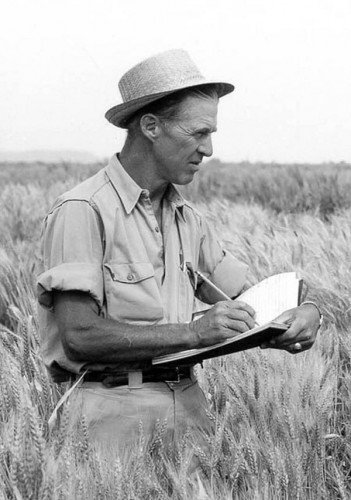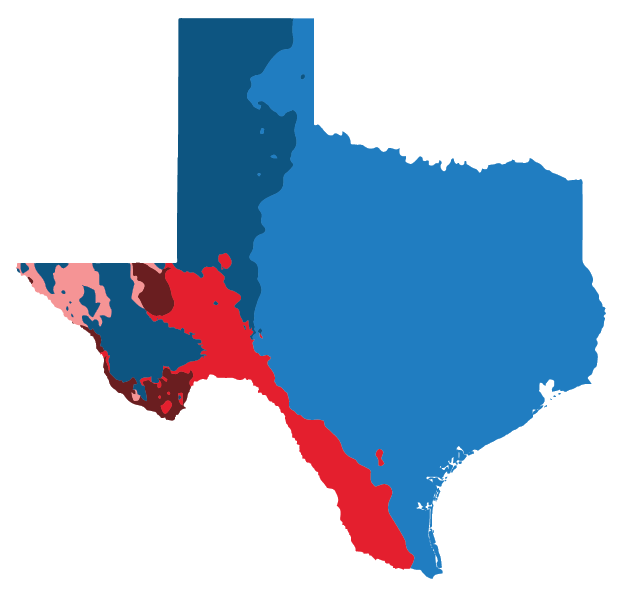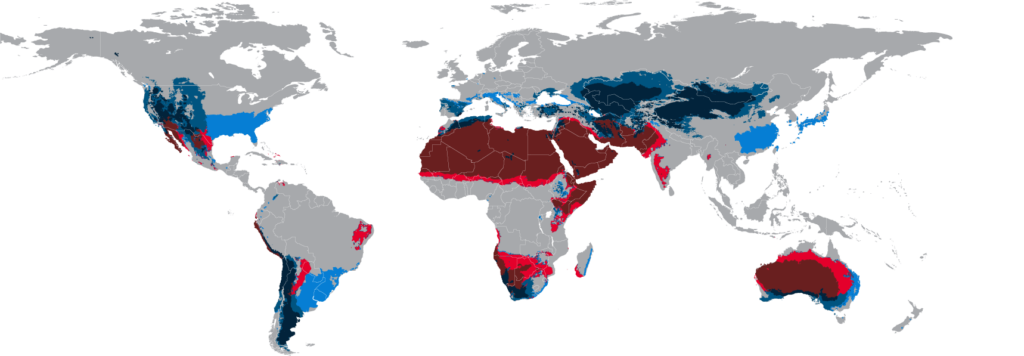
About Us
Our Mission
The Borlaug Institute is a university-based organization under the Texas A&M University System, dedicated to continuing Dr. Borlaug’s legacy, by elevating people out of hunger and poverty throughout the developing world through science and education.
Our Legacy
Dr. Borlaug’s legacy of “seeding” agricultural production around the world still resonates today, as the Borlaug Institute implements applied research and training programs in agricultural communities worldwide.
Our Work
The Borlaug Institute’s programs fight hunger and poverty together by focusing on crop and animal production, environmental sustainability, food safety, nutrition, education, entrepreneurship, and public policy.
About Us
Since its establishment in 2006, the Borlaug Institute, housed at Texas A&M University in College Station, Texas, has worked in over 50 countries to improve livelihoods through science and applied practices. Our team is split into three regional home office units: Africa and the Middle East, Asia and Eurasia, and Latin America and the Caribbean. The Borlaug Institute also has an Office of International Training and hosts the Center for Coffee Research and Education and the Feed the Future Innovation Lab for Small-Scale Irrigation (ILSSI).
The Borlaug Institute is a unique international development implementer thanks to its access to top experts and resources within the vast Texas A&M University System. The System boasts 11 universities, a comprehensive health science center, eight state agencies, and the RELLIS Campus. The Borlaug Institute connects the expertise, research, knowledge, and other resources found within the Texas A&M University System to developing communities worldwide.
Our Guiding Principles
Dr. Borlaug was determined to make a difference and could be found working in the fields alongside farmers, students, interns, and researchers. Embracing his spirit, the Institute follows the seven elements of the Borlaug legacy:
- Prevent conflict by addressing poverty and hunger
- Employ agriculture science to address poverty and hunger
- Take it to the farmer
- Engage in an interdisciplinary approach
- Encourage effective governance and sound policies
- Promote youth development
- Act more and talk less

Innovating Locally to Serve Globally
Compared to other university-based organizations, the Borlaug Institute is uniquely positioned to design and implement successful projects due to its position within Texas and the Texas A&M System.
Because of its size and geographical location Texas has a match for every climate zone found in the developing world. Texas A&M AgriLife also has an agricultural research and/or Extension presence in every Texas county and climate zone, this gives the Borlaug Institute access to draw from, apply, and transfer expertise relevant to every part of the developing world’s agricultural sectors.

Warm Desert Climate
Cold Desert Climate
Warm Semi-Arid Climate
Cold Semi-Arid Climate
Warm Oceanic Climate



